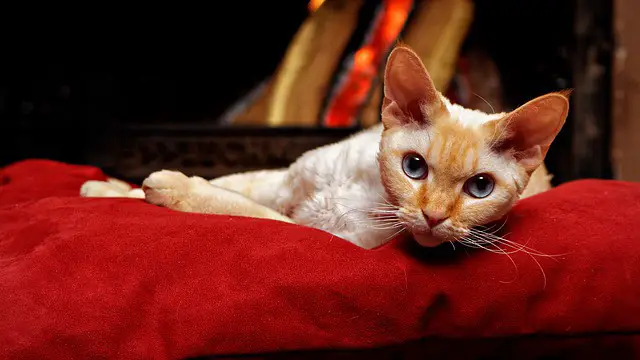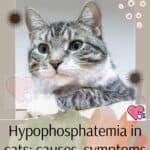
Patella dislocation is an orthopedic disease that can affect the cat. What does it involve and how is it treated? Let’s find out together.
Although patella dislocation most commonly affects dogs, cats can also be affected. For this reason, it is extremely important to know the symptoms and intervene promptly in case of onset in the cat. Let’s see what it is, how it manifests itself and what therapies to subject the cat to.
Dislocation of the patella in the cat: what it is and what are the causes
Dislocation of the patella involves the cat’s patella escaping from the patellar sulcus, also known as the trochlear sulcus. This condition impairs the balance and functionality of the knee. The non-alignment of the patella, in fact, causes pain and discomfort to the cat during movement.
This disease can involve a dislocation towards the inside of the knee, or towards the outside: we speak respectively of dislocation of the medial and lateral patella. It can affect one or both of the cat’s knees, and manifest itself continuously or intermittently.
What are the causes of such a pathology? It can be hereditary in nature, or of traumatic origin. The cat breeds most predisposed to the onset of patella dislocation are:
- Maine Coon
- Devon Rex
- Abyssinian
- Bengal
Clinical signs of pathology
Usually, dislocation of the patella affects the cat when young. What are the symptoms of this pathology? Here’s how to recognize it:
- Arthrosis
- Abnormal gait
- Difficulty walking
- Pain in the cat
- Difficulty extending the limb
- Sedentary lifestyle
- Lameness
Depending on the seriousness of the situation, the symptoms may manifest themselves in a more or less serious way. In fact, there are several stages of the disease:
- Dislocation of the patella of the first degree, by pressing on the patella, it comes out of the groove and re-enters it by itself;
- Dislocation of the patella of the second degree, when patella comes out of the groove automatically and returns to its place once the limb is straightened;
- Dislocation of the patella of the third degree, if the wheel is perpetually misaligned and the intervention of the veterinarian is necessary to insert it correctly into the trochlear groove;
- Dislocation of the patella of the fourth degree, when the patella can not be repositioned correctly.
Patella dislocation in cats: diagnosis and treatment

How is patella dislocation diagnosed in the cat? Your veterinarian will palpate the knee joint to detect any dislocation. In addition, it may be necessary to take an X-ray of the cat, to exclude the presence of other pathologies and assess the severity of the situation.
How is patella dislocation treated? If the pathology is at an early stage, the cat will undergo drug therapy, based on anti-inflammatories and supplements to strengthen the joints.
If the cat’s condition is more serious, it will be necessary to undergo surgery to surgically realign the patella. The choice of the specific surgical technique will depend on the clinical picture in the cat. Possible complications in the postoperative phase are:
- Fractures;
- Relapses, an absolute rest period is essential, during which the tissues will have time to heal completely.






